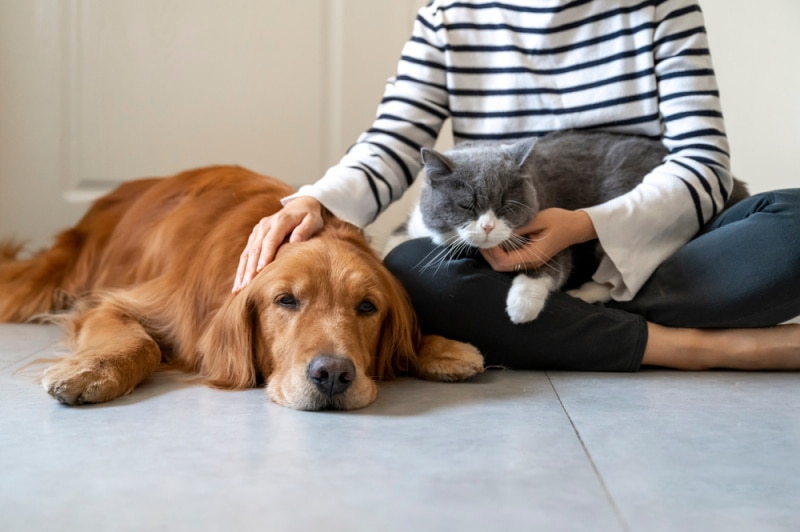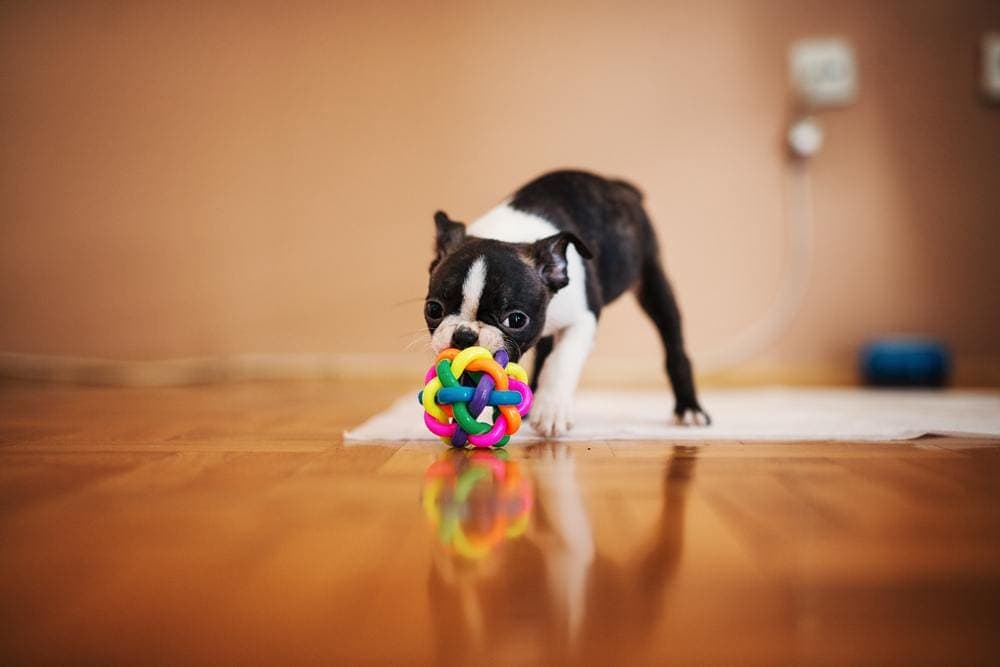Why Does My Dog Poop So Much? 5 Vet-Reviewed Reasons
Updated on
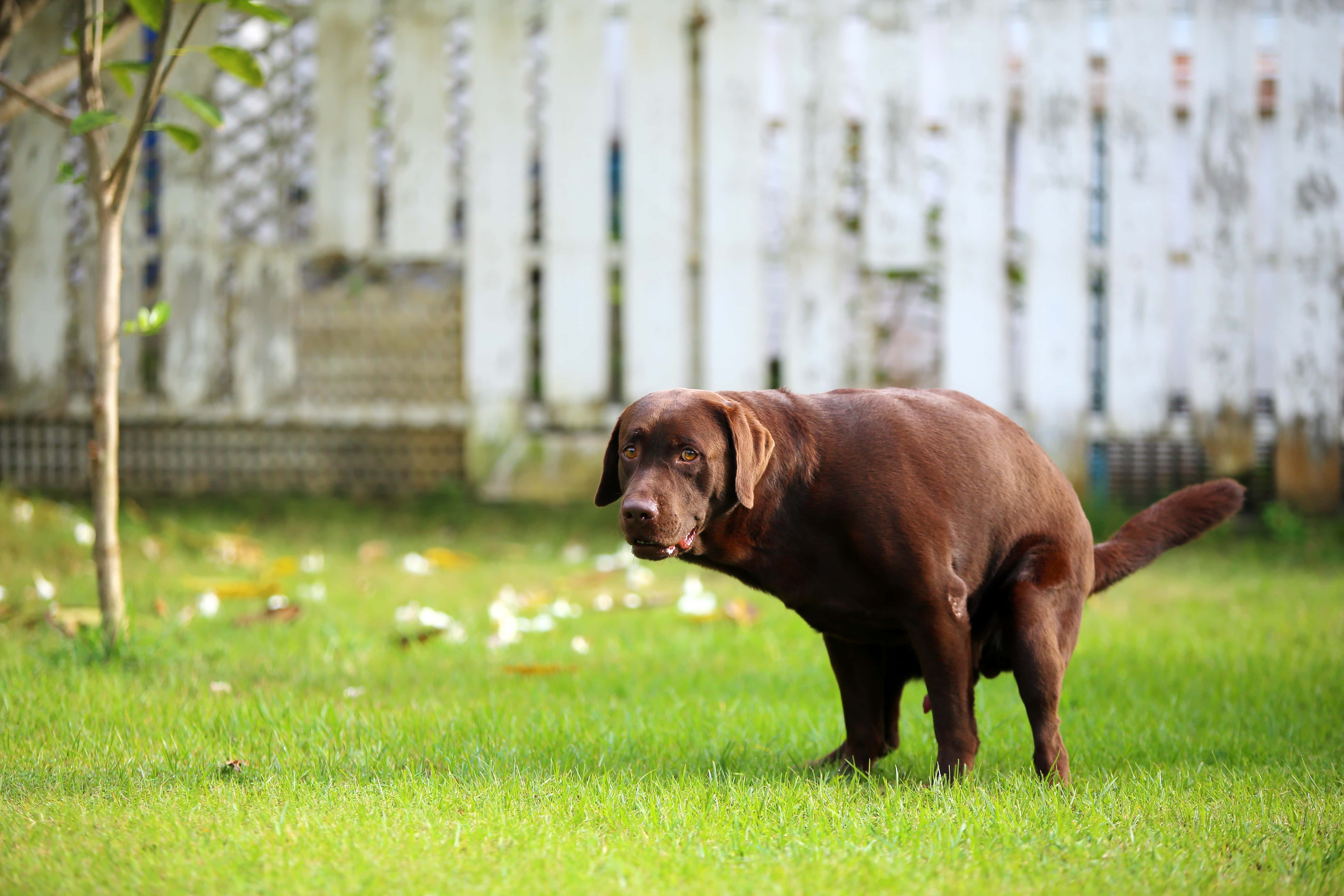
As a pet parent, dealing with poop is an inescapable reality. But what if your dog is pooping too much? If you find yourself cleaning up more stinky piles than usual, it’s time to investigate. There are a few different reasons that your dog might be producing more poop than normal. Let’s examine the causes and go over what can be done to fix the problem.
The 5 Likely Reasons Your Dog Is Pooping So Much
1. Overeating
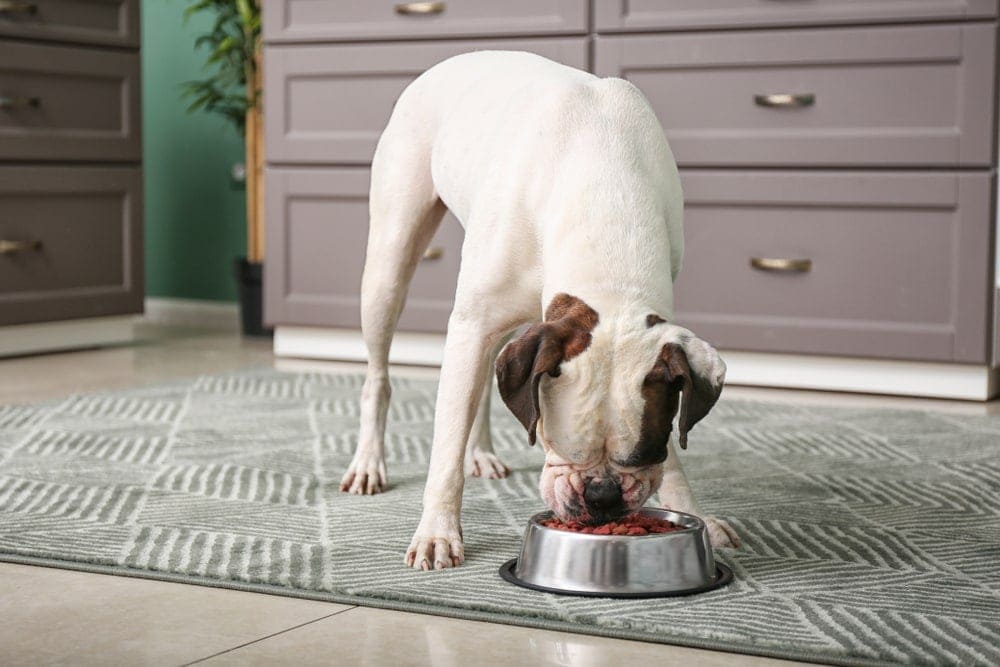
If your dog is eating more than usual, it stands to reason that they will also poop more than usual. After all, what goes in must come out! The volume of your dog’s poop should closely match the volume of food they eat.
While you may not intentionally be overfeeding your dog, it’s something to be aware of. Those loving eyes can be irresistible, leading to just one more treat or adding extra kibble to their bowl.
Feeding your dog table scraps can be a huge problem. It not only introduces more calories into their diet, but human food can also cause stomach upset. Many additives and flavorings in human food aren’t safe for dogs, so it’s extremely important that you only feed food that is made for them.
If you’re not deliberately feeding your dog extra food, make sure they’re not stealing it behind your back. Many dogs develop this habit, and it is detrimental to them in terms of their caloric intake and their increased risk of eating something toxic.
Carefully managing your dog’s intake also gives you the ability to manage how much they poop.
- Increased food intake
- Carefully manage your dog’s food portions
- Don’t feed “people food” to your dog
2. Diet
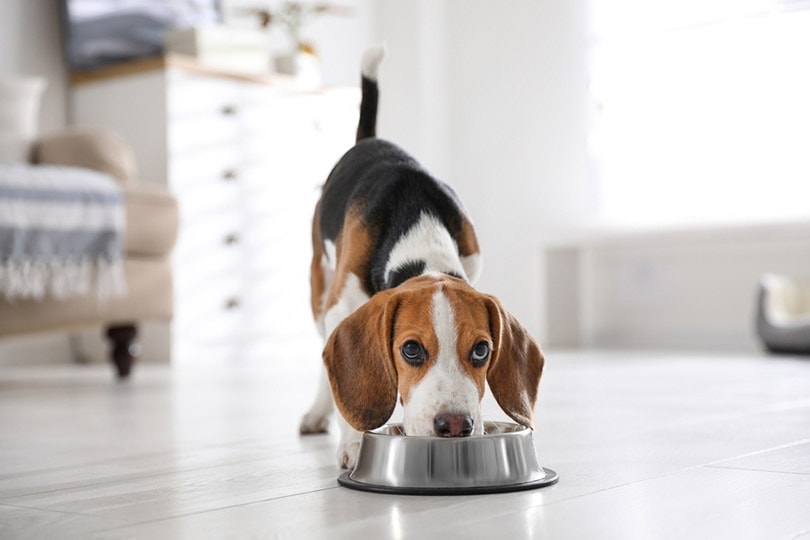
If you change your dog’s food suddenly, you are likely to see an increase in the amount that they poop. Dogs’ stomachs become accustomed to certain foods. When you change that food, it can take a while for their stomach and bowels to adjust to the new ingredients.
The increase in poop should start to return to normal about 2 weeks after you’ve changed food, but you can avoid it completely if you make the transition gradually. Rather than switching straight from one food to another, mix the new food with their old food, gradually increasing the amount over the course of a week or two until they are eating 100% of the new food.
The quality of your dog’s food can also alter the amount they poop. Food with high-quality proteins made from real meat, healthy fats, and low carbohydrates will produce less poop than low-quality foods. Dog food that is packed with processed filler ingredients can create more poop because less of the food is used by your dog’s body.
Excessive bowel movements can also be a sign that your dog’s food doesn’t have the right nutrient balance for them. It doesn’t mean it’s bad food, just that it’s not the right one for your dog. Some dogs have food sensitivities that manifest as excessive pooping. If you’re not sure what to feed your dog, speak to your vet about their dietary needs.
- Dietary changes
- Food sensitivities
- Poor-quality dog food
- Change dog foods gradually
- Feed high-quality food
- Talk to your vet about special dietary needs
3. Environmental Changes
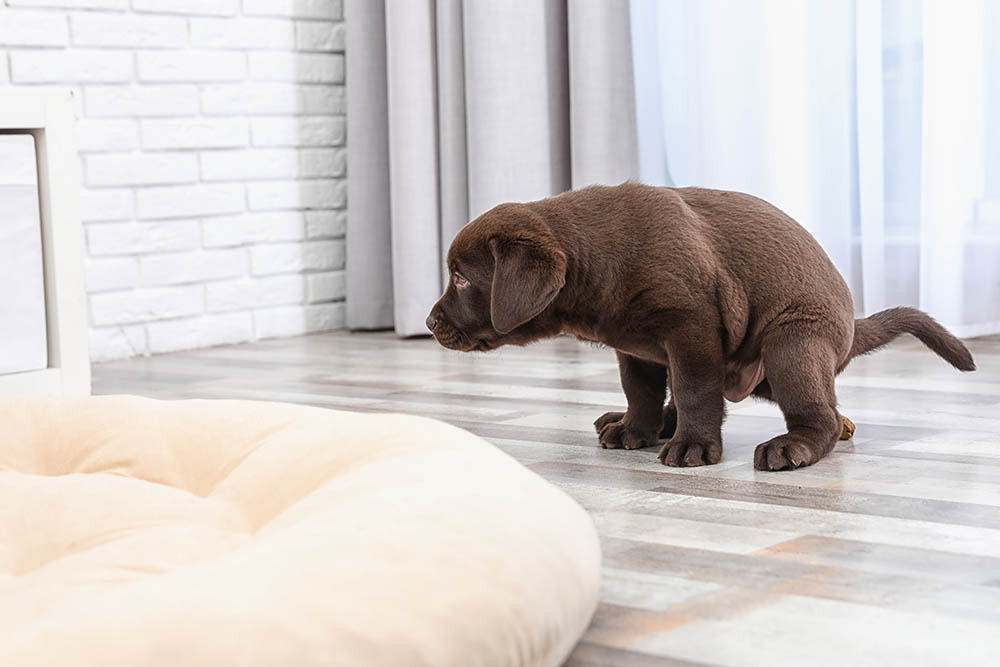
As creatures of habit, dogs can have their regular bathroom cycle thrown off by changes in their environment. This can be anything from a new family member (human or animal) to a change in smell in your house or the introduction of new noises.
If an environmental change is the cause of your dog’s increased poop breaks, the best thing to do is wait it out. Once they get used to the change, they will fall back into their regular bathroom habits. If things don’t return to normal in a reasonable amount of time, speak with your veterinarian to see if they have any recommendations.
- Changes in your dog’s environment
- Wait it out
- Speak with your veterinarian if things don’t return to normal in a reasonable time frame
4. Bacteria
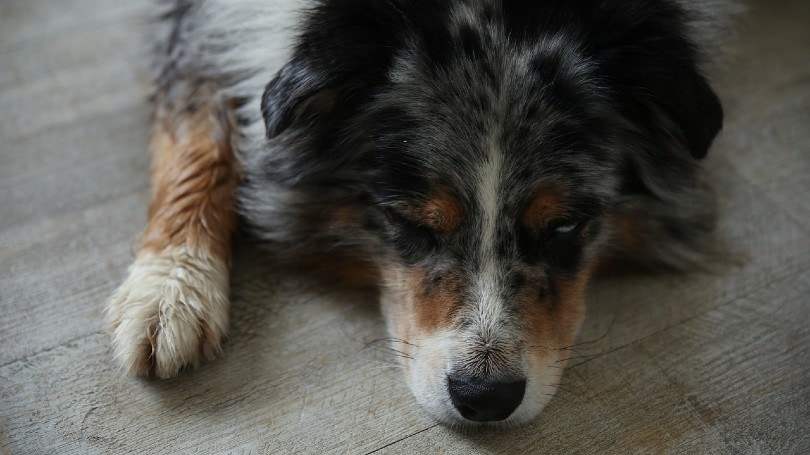
Many bacterial infections can cause bowel irritation for your dog and increase the frequency of bathroom trips. Unfortunately, dogs usually pick up bacteria from dog poop itself.
Just 1 gram of dog poop contains approximately 23 million coliform bacteria. Ingesting too many of these bacteria can cause diarrhea, cramping, and intestinal upset in dogs and humans alike. If you have a dog that eats poop, their risk goes up exponentially.
The best thing to do is limit your dog’s exposure to fecal matter by cleaning up poop as soon as possible rather than leaving it lying around on the ground. This makes for a healthier atmosphere for both you and your dog. If your pup experiences any of the signs mentioned previously, have them evaluated by your veterinarian to see if they are in need of treatment.
- Ingesting bacteria
- Clean up dog poop regularly
- Contact your veterinarian if they experience any GI signs
5. Stress and Anxiety
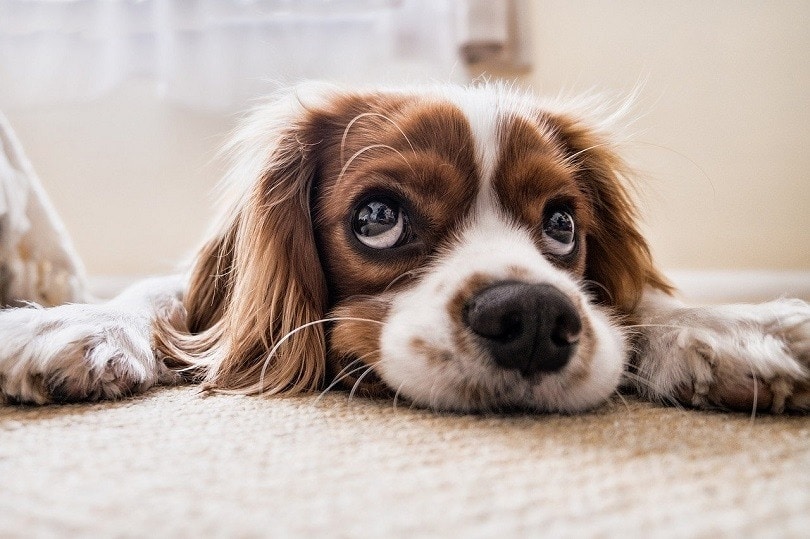
One of the first signs that a dog is experiencing anxiety is irregular bowel movements. Sometimes this manifests as diarrhea, while other times, it just means more frequent pooping.
If stress is the cause of your dog’s increased stools, you will likely notice other signs, including pacing, more whining or barking than usual, panting, yawning, and excessive shedding. Some dogs choose to isolate themselves by hiding, while others may show aggression toward people and other animals.
If you think your dog is experiencing anxiety, the first thing to examine is their diet and exercise. A lack of nutrition and appropriate exercise can wreak as much havoc on a dog’s emotional well-being as their physical well-being.
The other thing you can do is make sure your dog has a place in your home where they feel secure. This way, they always have a place to relax when they need to.
- Random and novel noises
- Having a family member that’s in a stressful situation
- Separation anxiety caused by being left alone too often
- A new pet in your home
- Someone new visiting your home
- Moving to a new home
- Try to find and eliminate the source of anxiety
- Feed your dog high-quality food
- Provide them with enough exercise
- Find them a place to relax
How Much Poop Is Normal?
“Normal” amounts of poop vary between individual dogs, so this is something that must be measured subjectively.
If you’ve had your dog for a while, you should have a good sense of their bathroom habits. Since dogs tend to be fairly consistent, you should also know when something’s off. If your dog normally goes twice a day and is suddenly pooping six times a day, this may be a sign that something is wrong.
But be careful not to overreact. Sometimes it’s a result of your dog getting into something that they shouldn’t have, and the situation will typically resolve itself once the offending substance has left their system.
A good rule of thumb for dogs is that they should poop at least once per day. They should also produce approximately the same mass of poop as the food they eat. If they are pooping way more, this is a sign that something isn’t quite right.
As for the quality of your dog’s poop, it’s usually easy to spot unhealthy poop, but not everyone knows what that looks like. Healthy dog poop should be compact and moist and hold its shape when you pick it up (preferably with a bag or pooper scooper).
Runny stools indicate digestive upset, whereas dry, hard stools indicate dehydration or constipation. Poop should be “chocolate” colored.
- Green stool may indicate gallbladder issues or your dog eating grass (which they often do to relieve stomach upset).
- Yellow stool may indicate liver or pancreas issues.
- Red streaks suggest that blood is near the rectum.
- Black stool is an indication of internal bleeding and is a serious concern.
- Gray stool indicates pancreas dysfunction.
- White stool that looks like rice is suggestive of tapeworms, while chalky white stool can mean your dog’s getting too much calcium.
Conclusion
If you find that you are cleaning up multiple dog poops every day, it’s understandable to feel like your dog is pooping excessively. The truth is that every dog is different and poops a different amount. While all healthy dogs should poop at least once a day, some dogs spread it out over several trips. The key is to monitor your dog’s individual habits so that you know when there are changes. Large inconsistencies between the amount that your dog eats and the amount that they poop can also be an indication that something is wrong. As always, it is best to speak with your vet if you have health concerns.
Featured Image Credit: Wasitt Hemwarapornchai, Shutterstock




